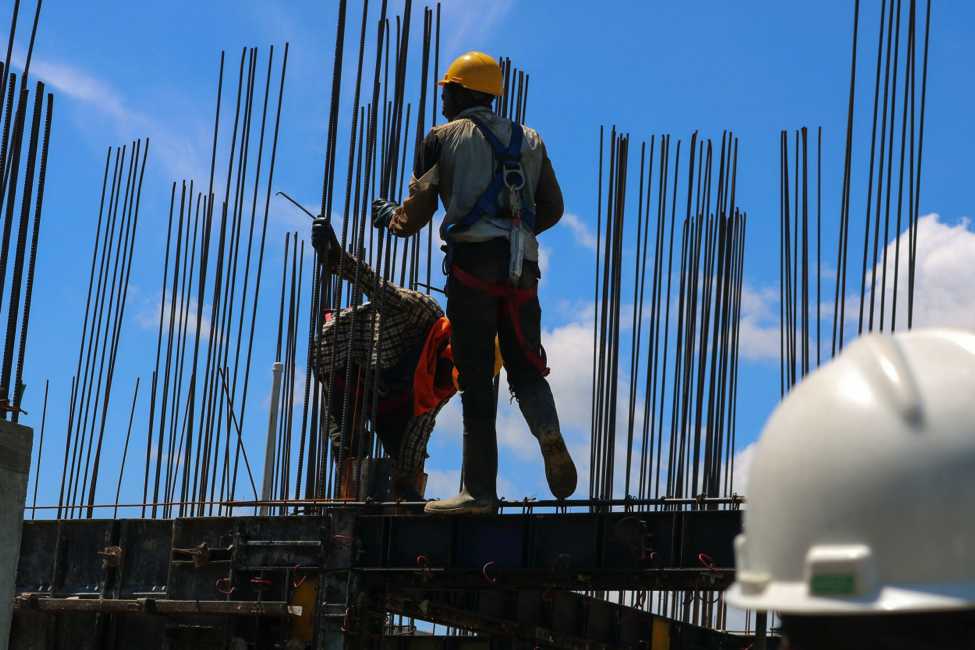
In the weeks since the UK government confirmed that a new permitted development right (PDR) would allow upward extensions of two-storeys on existing blocks of flats, leading airspace developer, Click Above has witnessed a three-fold increase in enquiries from freeholders looking to realise the value of the development space above their existing investments.
Coming into effect on August 1 2020, the new PDR has been long mooted and subject to a lengthy consultation. In essence, it enables property owners to progress with upward extensions of two additional storeys on detached blocks of purpose-built flats without the need for planning permission. Such developments remain, however, subject to a number of approvals and there are exceptions. It is knowledge of these intricacies, that Click Above believes has positioned it as a go-to source for enquiries.
Laith Mubarak is Click Above’s Acquisition’s Director and leads on the firm’s rooftop acquisition strategy. He comments:
“As a leader in airspace development for over five years, we have been certain of its potential for a long-time. We have, however, invested heavily in our approach to this specialist area of construction and have worked hard to build a reputation that demonstrates our depth of understanding, our experience and, ultimately, our commitment to delivering quality new homes.
“To receive such a significant increase in enquiries in such a short period of time, demonstrates that these interested parties are keen to engage with experts who fully understand what developing above existing buildings involves. This isn’t simply a case of throwing up prefabricated units to increase housing supply and the enquiries we’re fielding are from prospective partners who appreciate the potential of this exciting development.”
Click Above has built a track record of successful airspace developments and is currently in detailed discussions with a number of London Boroughs keen to examine the options for delivering new homes above their existing assets. Laith continues:
“Whether we’re talking to private freeholders, social landlords or local authorities, their concerns are often the same: ‘is my building suitable for this type of extension?’: ‘how will the existing residents be affected?’; ‘how long will there be on-site disruption for?’; and ‘can I engage with a single team to realise the successful completion of such a project?’
“We’re able to provide answers and reassurances against all these questions– and many more besides. We’re not only able to manage the entire process from initial evaluation through, legal, planning and completion, but we’ve ensured that we’re experts on all aspects relating to sustainability, local impact, design excellence and quality – all of which are so important in this innovative approach to property development.”
The new PDR is subject to a number of exclusions that include buildings that have become residential only after a previous change of use; the existing building being less than three storeys in height; the building being constructed before July 1948 or after March 2018; or the building being located within a Conservation Area (or similar). There are also several clauses that must be adhered to with regards to the dimensions of the extension. Laith concludes:
“This PDR heralds an exciting new dawn for airspace development and its potential to contribute significantly to housing supply, but it can’t be viewed as carte blanche to simply press ahead with airspace development projects.
“Such development remains (and rightly so) subject to a prior approval process, details of which need to comply with the regulations. The intricacies of the specialist methods employed to deliver these new homes cannot also be ignored and for this reason, we anticipate many more enquiries as we get closer to August 1 and beyond.”
